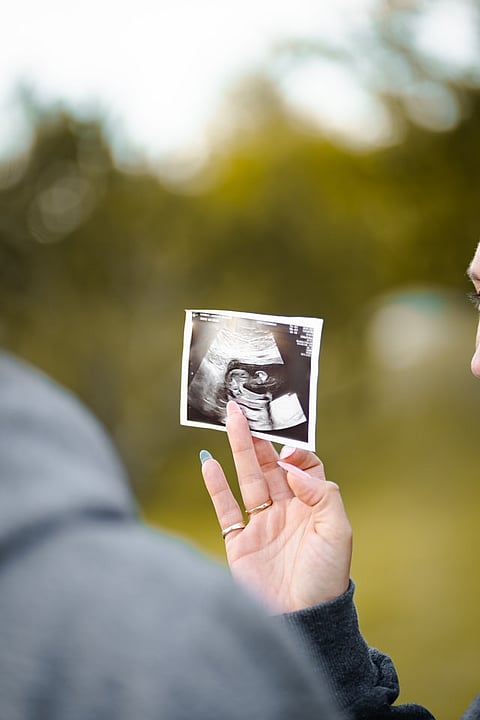A team of engineers in the US has developed a new ultrasound sticker -- a stamp-sized device that sticks to the skin and can provide continuous ultrasound imaging of internal organs for 48 hours.
The stickers developed by a team from the Massachusetts Institute of Technology (MIT) can produce live, high-resolution images of major blood vessels and deeper organs such as the heart, lungs, and stomach. In addition, it can also monitor the progression of tumors, as well as the development of fetuses in the womb.
The stickers maintained a strong adhesion and captured changes in underlying organs as volunteers performed various activities, including sitting, standing, jogging, and biking.


